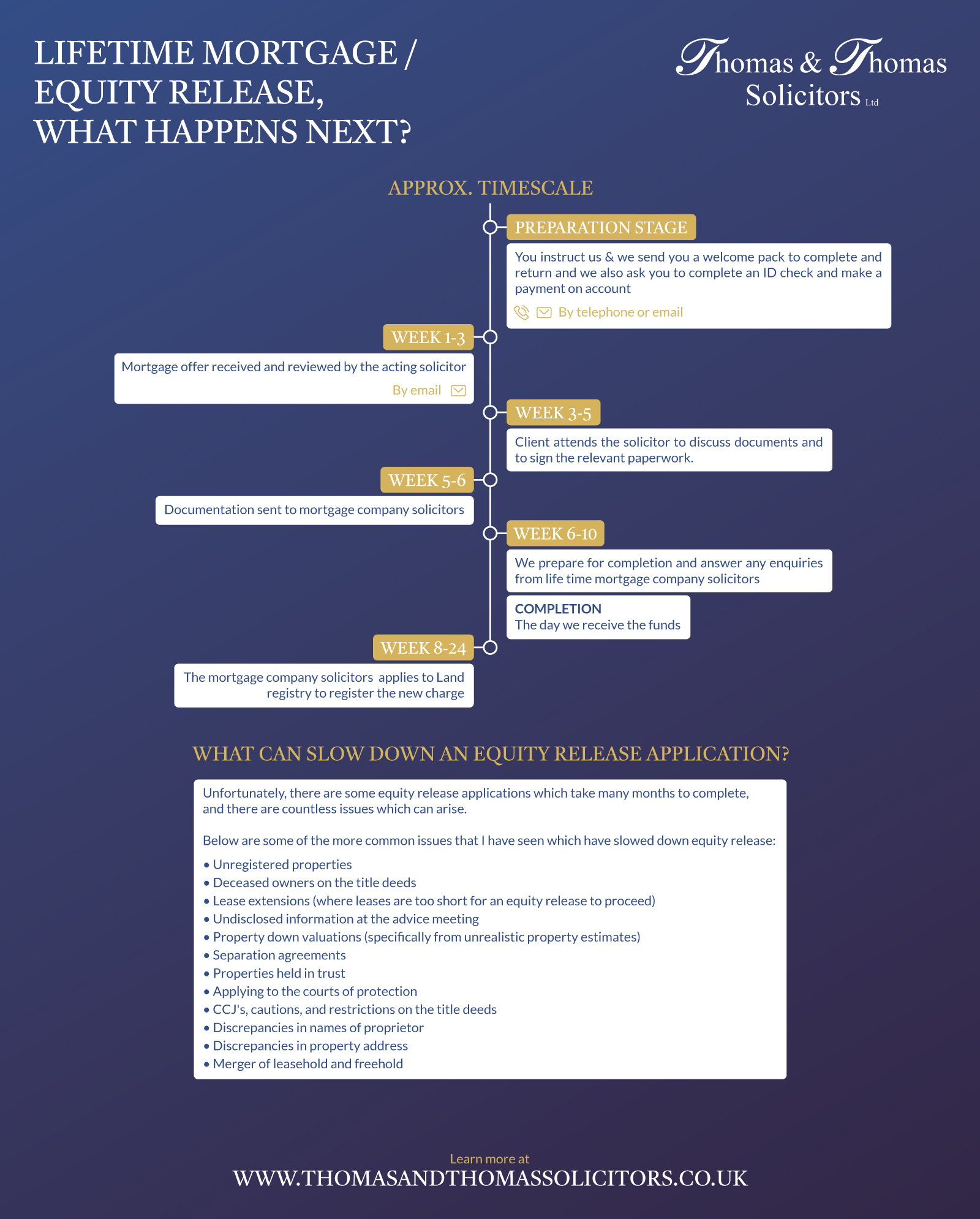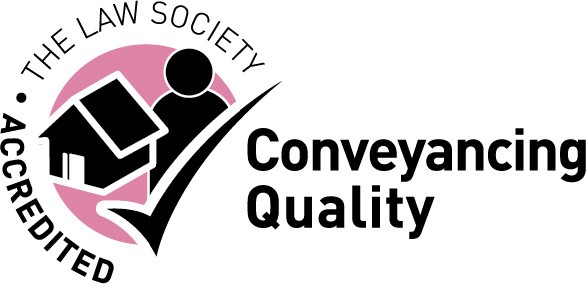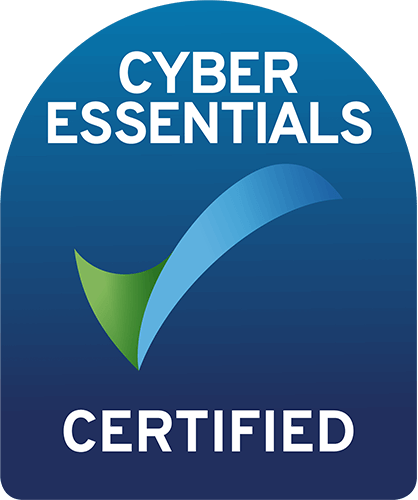Equity release is a good way to give over 55s the opportunity to release some of the money held in their property without selling it, offering them the freedom to do things that they may not otherwise have been able to do. That money could be to help family financially, to pay off debt or to fund day-to-day retirement costs. Meanwhile, some homeowners use it to travel or for home or garden improvements. With house prices having risen by 73% in ten years, according to latest Office of National Statistics figures, many people now have a considerable proportion of their wealth invested in their property which they want to benefit from – so how do you go about releasing that equity in your home?
What is Home Equity?
Home equity is the value of your property, minus your mortgage balance. For example, if your home is valued at £500,000 with a remaining mortgage debt of £200,000, you have £300,000 in equity in your property. Equity accumulates in two ways; by paying off the mortgage and through the appreciation of the property’s value over time.
How to release Home Equity?
There are two ways to release equity; lifetime mortgages and home reversion plans. Both choices provide a way to obtain funds for a range of purposes such as home improvements, debt settlement and supplementing retirement income.
What are Lifetime Mortgages?
Lifetime mortgages offer homeowners a way to access funds, either through a lump sum or regular payments based on their home’s value, whilst allowing them to retain ownership of their property. Typically, the amount borrowed along with any accumulated interest is repaid when the homeowner passes away or moves into long term care.
Key considerations
1. Eligibility: Homeowners must be at least 55 years old. The amount that can be borrowed is determined based on the homeowners age and the value of their property.
2. Interest: The interest on the loan can be compounded (added to the loan balance) or paid off periodically. When compounded, it means no repayments are needed during the homeowner’s lifetime unless they choose otherwise.
3. Repayment: The loan is settled when the property is sold – either upon the homeowner’s passing or when they move into long term care. Any remaining equity after repaying the loan and interest goes to the homeowner’s estate or inherited by their beneficiaries.
4. Safeguards: Reputable lenders ensure that homeowners never owe more than their property’s value through a ‘No Equity Guarantee’.
Pros and Cons of Lifetime Mortgages
Pros
- Ownership Retained: Homeowners can still own their home and live there for the rest of their lives.
- Tax Free Cash: The money received is tax exempt, providing a lump sum or extra income without affecting retirement benefits.
- Flexibility: Homeowners have the choice to receive a lump sum, regular payments or set up a fund, for accessing funds as needed.
Cons
- Interest: With interest accumulating over time the debt could grow rapidly potentially reducing the property’s remaining equity.
- Decreased Inheritance: As a result of the accumulating interest and the eventual repayment of the loan there will be less inheritance for beneficiaries.
- Expenses: Getting a lifetime mortgage involves costs, like valuation, legal fees and advisor fees.
Applying for a Lifetime Mortgage
You can apply for equity release via a solicitors’ Residential Conveyancing team such as ours. Once we complete the legally required ID checks, and receive and review your mortgage offer, we will meet with you in person to run through these documents for signing and sending to the mortgage company solicitors. Completion tends to take place between weeks 6 – 10. Following completion, the mortgage company solicitors will make an application to the land registry to register the new charge.
Sometimes, equity release applications can take many months to complete. Matters that can slow the process down include:
- Unregistered properties
- Deceased owners on title deeds
- Lease extensions
- Undisclosed information at application stages
- Property down valuations
- Separation agreements
- Properties held in trust
- Applying to the courts of protection
- CCJ’s, cautions and restrictions on the title deeds
- Discrepancies in the names of proprietor
- Dicrepencies in property address
- Merger of leasehold and freehold

Alternatives to Lifetime Mortgages
A lifetime mortgage isn’t for everyone, but there are other ways to access cash.
Choosing to downsize your home and buy a smaller property is an alternative that can help you access some cash without needing to take out a Lifetime Mortgage or release equity.
Similarly, Retirement Interest Mortgages (RIOs) function much like lifetime mortgages, with the main difference being that you do have to make interest payments, which can prevent the loan from growing over time.
Another option is a Home Reversion Plan which involves selling a portion or all the property to a provider in exchange for a lump sum or regular payments, while retaining the right to live in the home rent-free.
While lifetime mortgages and other equity release options provide people with ways to access the money that is tied up in their homes, it’s important to consider factors such as interest accumulation and how this might impact any inheritance you plan to leave.
Getting advice from professionals who fully grasp the terms involved and will explore every option available to you is a crucial step in making a well-informed decision about your financial future.
For expert assistance in securing your retirement finances, our dedicated residential conveyancing team at Thomas and Thomas Solicitors offers a range of services. Please read through our next steps guide related to Lifetime Mortgages and Equity Release or contact us for support and information here.





